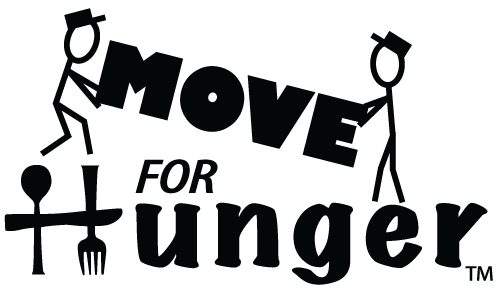Tips For Packing
If you decide to pack yourself, plan on at least six weeks to pack and get ready for your move. Farnsworth Express offers the following packing suggestions that will help you with your move and expedite the process for the movers.
- Before you start packing, determine the items you want to throw away, give away, or sell.
- Moving is a good time to get rid of items you no longer need. You will save money and have less to pack and unpack. Give yourself enough time to make these decisions.
- Plan Your Packing.
- Pack items you seldom use first.
- Pack items of similar size and weight together.
- Don’t make any carton too heavy to easily lift.
- Always use proper packing cartons and wrapping materials. Use professional packing tape, which is a wide, strong, clear, or brown tape. Masking tape is not strong enough to support the weight of a fully packed carton.
- Tape all cartons closed on the top and bottom – don’t just fold the end flaps closed.
- Use crumpled, un-printed newspaper to pack items in boxes.
- Label the contents on the outside of all boxes, along with the rooms to which they should be delivered in your new home.
- When packing fragile items, clearly mark “fragile” on the outside of the box, with arrows on the sides to indicate the correct upright position.
- Indicate boxes holding essential items that need to be opened first, such as cooking utensils, bedding, linens, and toiletries, by writing “open first” on the box and making sure these are the last boxes to be loaded onto the moving van.
- As you pack, certain possessions require specific care. Following are some handy guidelines.
China
Wrap each item separately in unprinted newspaper, and use a specially partitioned box such as the “dishpak” (available from Mayflower).
Stemware
First, wrap the stems for extra protection; then, wrap each glass individually and place it upside down in a partitioned box.
Mirrors and Glass-Covered Photos and Artwork
Cross the glass with a series of masking tape “Xs” to help strengthen the glass, then wrap it in a generous cushion of clean paper and place it in a flattened packing or telescoping carton.
Silverware
Nest utensils in groups of three or four, wrap securely, and place in a silver chest or cushioned box.
Lamp Shades
Handle shades only by the wireframes; place in large boxes. Shades can be nested in one box if separated by clean paper.
Clothes
Clothes can be folded and boxed. For faster unpacking, you can obtain special wardrobe boxes from your mover, allowing you to pack neatly by leaving clothes on hangers.
Small appliances, Computers, Stereo Equipment
If possible, pack small appliances, computers, stereo equipment, and VCRs in their original boxes. Otherwise, cushion appliances with crumpled packing paper. Tape down moving parts, such as stereo turntable tonearms.
Glass Jars and Bottles
Pack with bubble wrap or several layers of paper. Secure stoppers or lids with masking tape to the top of the jar or bottle. Don’t move flammable items.
Statuary, Figurines, Curios
Wrap generously in a bubble pack, wrap in a layer of clean paper, and pack in boxes with plenty of crumpled paper or foam packing “peanuts” between items. Objects with delicate appendages, such as candelabras or figurines with extended arms, should be wrapped with an extra bubble pack and surrounded by extra packing material.
Record Albums, Tapes, CDs
Stack these items on end so they can absorb shock with less chance of damage. Pack tightly so they’re secure and can’t shift.
Antiques, Delicate Furniture
Movers can supply specially made-crates to secure and ship fragile items and antiques.
Navigation Links
Contact Information
Phone: (415) 459-6683
toll free: 800-201-6683
Business fax number: 415-459-2724
Email: info@farnsworthexpress.com
Address: 2111 Francisco Blvd E, San Rafael, CA 94901








